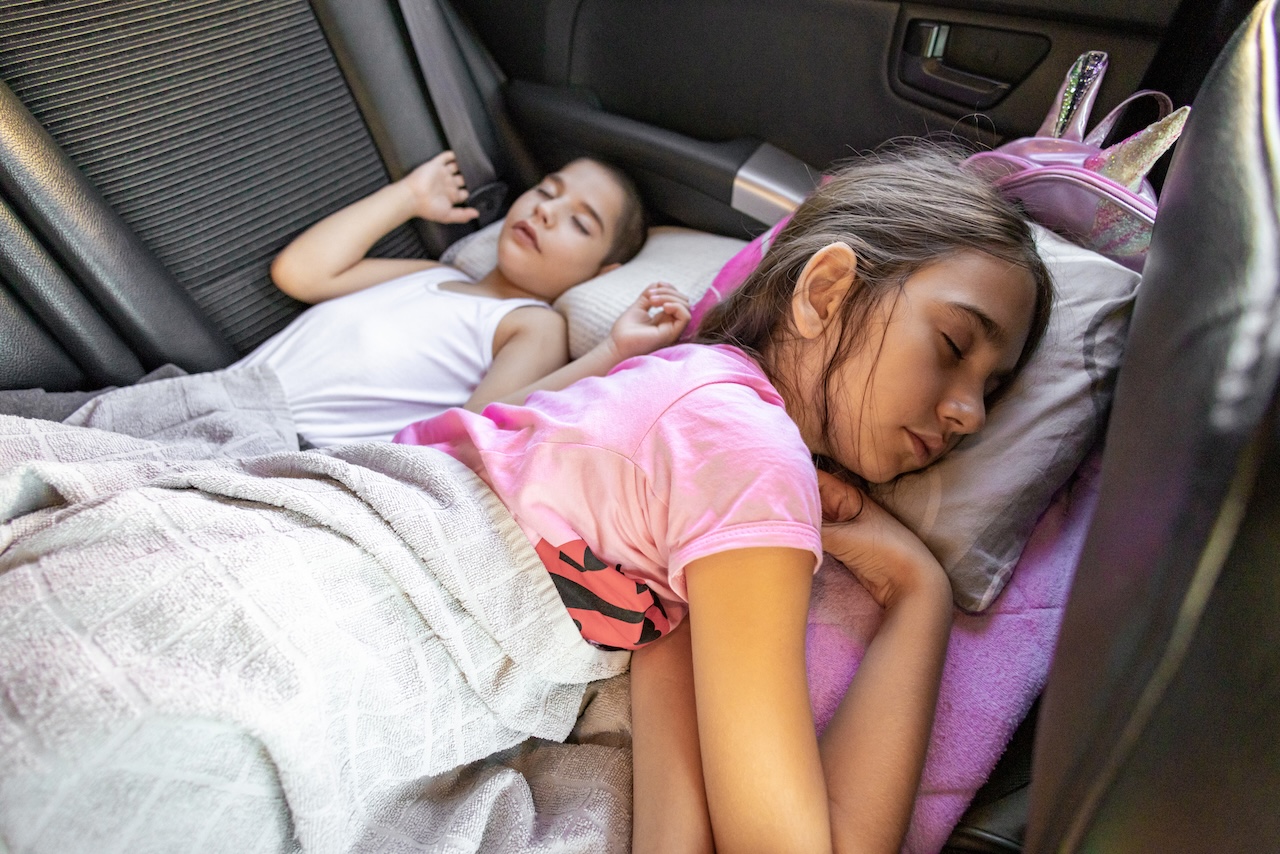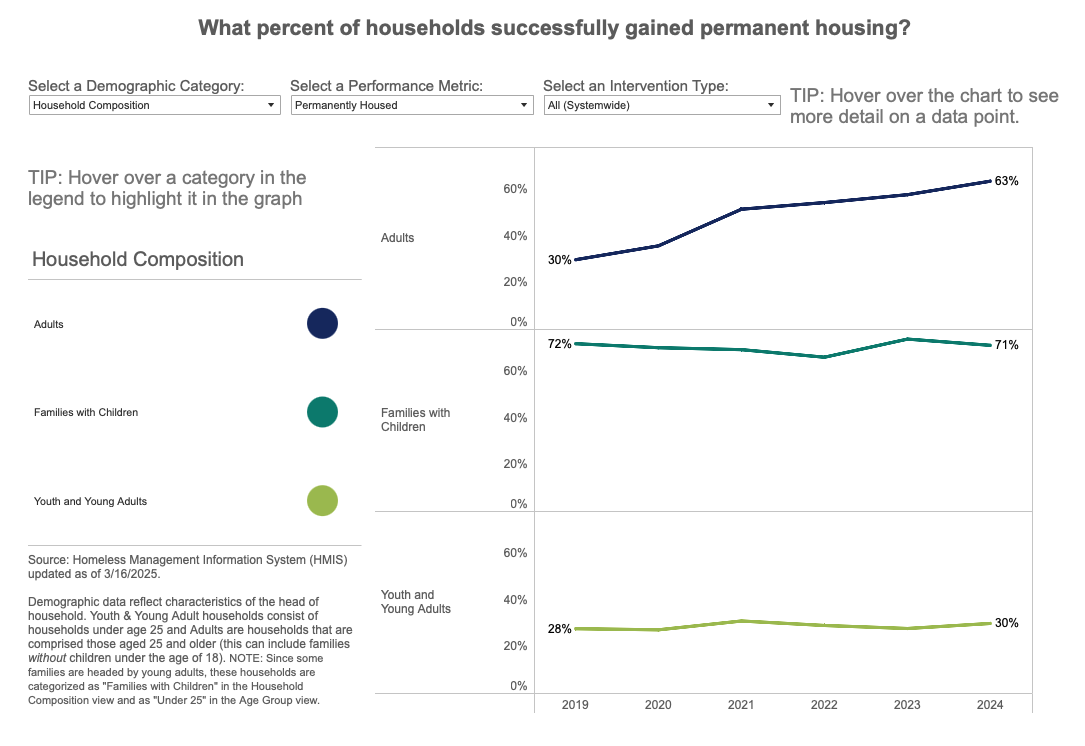
May 15, 2025
State of Homelessness in King County, Washington
Washington had the third-highest population of people experiencing homelessness in the United States last year, trailing only California and New York, per a recent federal report. We know this current climate is a crisis, and Vision House is honored, with your help, to be part of the solution for our communities.
Here are some details on the current homelessness crisis in King County, Washington, at a glance:
Increase in Homelessness:
More than 1000 families have been identified as experiencing homelessness in King County, however we know that number to be significantly underreported. Families are often unseen as they are living doubled up on a friends couch, in a hotel room, or hidden away in their car and are not counted.
The 2024 count revealed a 23% increase in homelessness compared to the 2022 count, with 16,385 people experiencing homelessness on any given night.
Unsheltered vs. Sheltered:
Approximately 60% of those experiencing homelessness were unsheltered (9,810 people), while 40% were sheltered (6,575 people).
Racial Disparities:
The King County Regional Homelessness Authority noted that homelessness disproportionately impacts communities of color, with 19% of people experiencing homelessness identifying as Black/African American, compared to 6% of the county's population.
Causes of Homelessness:
King County faces a severe housing shortage for low-income residents, with only 23 affordable and available units for every 100 low-income renters.
Addressing Homelessness:
King County is working to address homelessness through initiatives like the Health Through Housing (HTH) Initiative, which aims to create dignified, affordable, and service-enriched housing for people experiencing or at risk of chronic homelessness.
Funding and Services:
KCRHA coordinates funding and services for unhoused people across King County, and its funding for nonprofit organizations has increased.
Coordinated Entry System:
King County's Coordinated Entry program serves all people experiencing homelessness, connecting them to housing support services and resources.
Services for the Homeless:
King County Public Health provides healthcare services for those experiencing homelessness, including medical, dental, and behavioral health care.
Transitional Housing for Families Sees High Rate of Permanent Housing Results
We looked at some data provided by the King County Regional Homeless Authority. In 2024, of the households categorized as “families with children,” through all intervention types (emergency shelter, rapid re-housing, transitional housing, and permanent supportive housing), 71% remained permanently housed. (Source: Homeless Management Information System (HMIS) updated as of 3/16/2025.)

From that same report in 2024, families with children who received transitional housing had a 1% return to homelessness, which is the lowest rate when compared to emergency shelter (7%), rapid re-housing (2%), and permanent supportive housing (2%).
Diversion Programs
Diversion Programs allow for care of more families than transitional housing alone. One of the key advantages of the Diversion Program is the ability to act swiftly. By addressing housing instability or recent homelessness before it escalates into chronic homelessness, Vision House helps families avoid the traumatic and often debilitating consequences of long-term displacement. This early intervention not only saves families from the physical and emotional toll of homelessness but also reduces the strain on community resources and shelters. You can read more about the Homeless Diversion Program at Vision House.
Our 2024 Annual Report outlines the work of Vision House in addressing family homelessness in Greater King County, where homelessness has increased by 22% since 2022. The report details how Vision House assisted more than 1,200 families through diversion centers and transitional housing programs, with 88% of those in housing programs moving on to permanent housing. Specifically:
- 1,279 families were assisted.1,007 of them are new families to Vision House— a 34% increase in families requesting assistance from 2023-2024.
- 486 of those families made one or numerous in-person visits to one of our three diversion centers, receiving case navigation, services including laundry, showers, food, access to severe weather supplies and a safe place for children to play.
We respond to every family who contacts us and provide in-person care. Families receive case navigation, a risk assessment, referrals to services and advice about next steps to stability. Vision House services include housing support, childcare, counseling, and case management designed to help families regain stability.
The Eviction Crisis
Washington state has a 2.1% eviction rate, which means 1 out of 50 renters are evicted. The top reason families cannot afford housing in Washington state is affordability. According to HUD, the fair market rent for a two-bedroom apartment in Renton is $2,860. At Vision House, last year was a year of enormous need. We saw a 34% increase in requests for services and Vision House staff helped more than 1,000 new families in 2024. While the Family Transitions team normally sees 10% of their caseload facing eviction, the numbers surged to 40% in 2024. (You can read more about the eviction crisis here.)
How can you help?
At Vision House, we’ve designed our services to directly impact the crucial needs for families in our community. You can help Vision House continue the work it has been doing for over 35 years to battle the homelessness crisis in the Seattle area.
- Shop our wish lists and gift items to our Family Program or Diversion Centers.
- Donate Financially, partner with us corporately, or connect us with your church!
- Volunteer with Vision House and connect with the team in your community.


